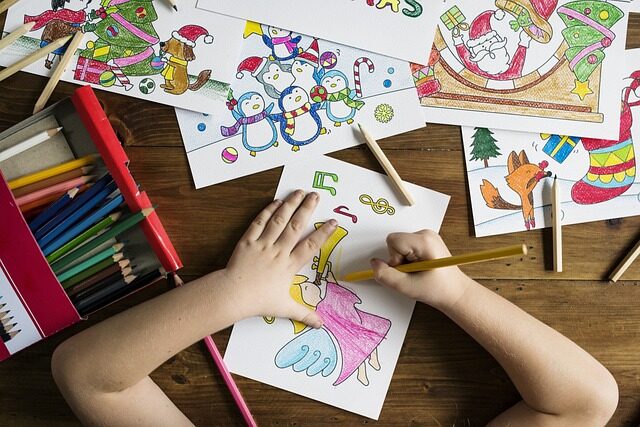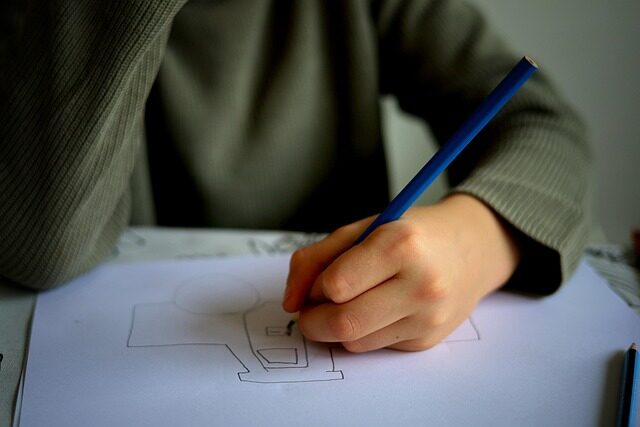As summer fades and autumn approaches in Norway, many families are buzzing with the anticipation of skolestart, a pivotal time in the academic calendar. It’s a period filled with preparations and adjustments, as children gear up for a new phase of learning and development.
- What is Skolestart and why is it important?
- How do I prepare for Skolestart?
- What are the key dates for school holidays in Norway 2024-2025?
- What should I know about the Norwegian school system?
- What support is available for non-Norwegian speakers?
- How can parents get involved in their children’s education?
- What is the After School Program (AKS) and how does it work?
- What is Skolestart and why is it important?
- How do I prepare for Skolestart?
- What are the key dates for school holidays in Norway 2024-2025?
- What should I know about the Norwegian school system?
- What support is available for non-Norwegian speakers?
- How can parents get involved in their children’s education?
- What is the After School Program (AKS) and how does it work?
What is Skolestart and why is it important?
Skolestart marks the beginning of the school year in Norway, a crucial time for students aged 6-15. It signifies a fresh start with new challenges and opportunities for academic and social growth. The emphasis is on ensuring children are well-prepared to embark on this significant journey.
It’s also a time for parents to familiarize themselves with the Norwegian educational system and understand the support available for both them and their children. Skolestart lays the foundation for the academic year ahead, making it a period of great importance for the entire family.
How do I prepare for Skolestart?
Preparing for skolestart in Norway involves more than just purchasing new school supplies. It’s about mental and emotional readiness too. Parents can engage their children in educational activities, helping them brush up on their language and basic skills prior to the start of school.
Ensuring that children are well-rested and have a structured routine as the school year approaches can greatly ease the transition. Additionally, familiarizing your child with their new schedule, teachers, and classmates can alleviate any anxieties associated with the new school year.

Also, remember to check the enrollment details, transportation arrangements, and any other logistical requirements that may be specific to the school your child will be attending.
What are the key dates for school holidays in Norway 2024-2025?
The Norwegian school holidays for 2024-2025 follow a structured calendar. Starting mid-August and ending mid-June, these dates include breaks for autumn, Christmas, winter, and Easter, as well as key public holidays.
- Autumn Break: One week in October
- Christmas Holiday: Late December to early January
- Winter Break: One week in February/March
- Easter Holiday: One week around Easter
These breaks are designed to allow families to engage in bonding activities and for students to recharge before returning to their academic routines.
What should I know about the Norwegian school system?
The compulsory education in Norway consists of primary school (grades 1-7) and lower secondary school (grades 8-10), managed by local municipalities. Students are automatically enrolled in the school district they reside in, but parents can also opt for private or international schools.

The curriculum is regulated to ensure a high standard of education, focusing on foundational skills such as reading, writing, and mathematics, as well as social development. The Norwegian Ministry of Labour and Social Affairs plays a pivotal role in overseeing the educational processes and ensuring they align with both local and international standards.
What support is available for non-Norwegian speakers?
Norway provides special education support and language assistance for non-Norwegian speakers. This support is aimed at helping children integrate into the school system and gain proficiency in the Norwegian language, which is crucial for their long-term academic success.
Various programs are available, including preparatory language classes and additional support within regular classroom settings, ensuring that each child can thrive in a supportive educational environment.
How can parents get involved in their children’s education?
Parental involvement is a cornerstone of the Norwegian school system. Parents are encouraged to participate in school activities, parent-teacher meetings, and to maintain an open dialogue with educators.

Being actively involved helps parents stay informed about their child’s progress and contribute to their child’s educational experience. Many schools have parent councils that serve as a platform for collaboration and influence within the school community.
What is the After School Program (AKS) and how does it work?
The After School Program (AKS) is designed for children in grades 1-4, providing them with a safe and nurturing environment after school hours. Activities within AKS focus on play, learning, and social interaction, complementing the regular school curriculum.
For Year 1 students, AKS is available free of charge, but registration is required. The program is particularly beneficial for working parents, as it offers a structured setting for children until their parents can pick them up.
As part of our exploration into the Norwegian education system, let’s take a moment to view an insightful video that delves into the experiences of students during skolestart.

In summary, skolestart – back to school in Norway is a significant event for families, signaling a time of new beginnings and fresh challenges. With careful preparation, understanding of the school system, and knowledge of the available support, parents can ensure a smooth transition for their children into the new school year.

